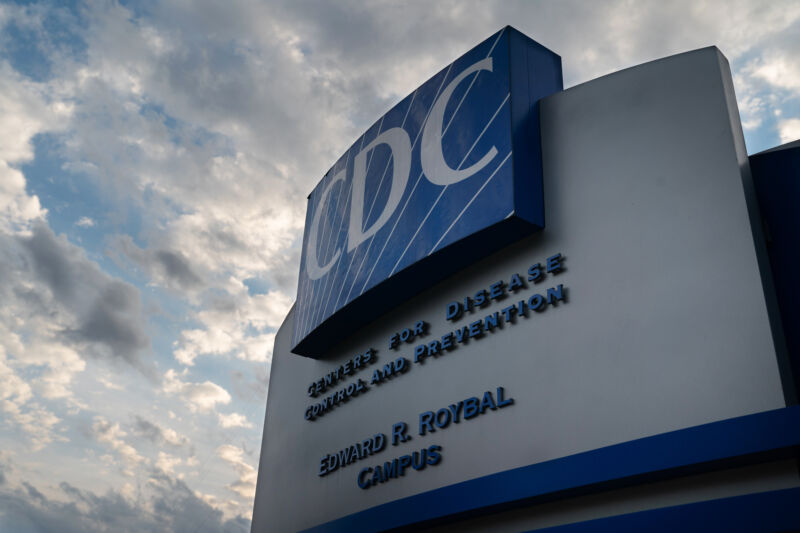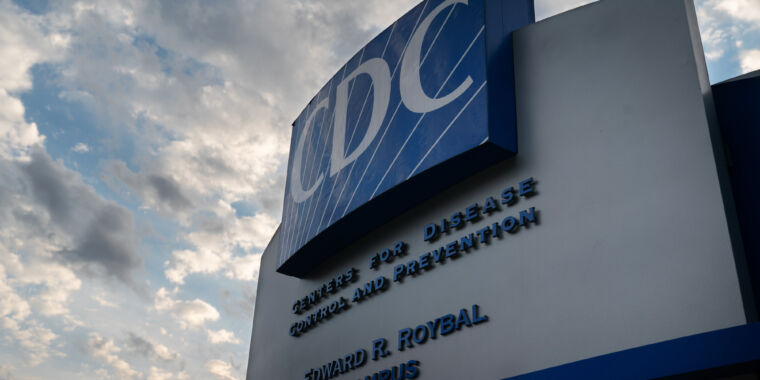
The Centers for Disease Control and Prevention is now investigating 109 cases of unexplained liver inflammation — hepatitis — in young children from 25 states in the past seven months. Of the 109 affected children, five died and 15 (14 percent) required a liver transplant. The children were all under 10 years old and 90 percent were hospitalized.
The CDC’s announcement on Friday marks a dramatic rise in reported cases in the US, which were limited to nine confirmed cases in Alabama just three weeks ago. The cases also contribute to a growing global number, reaching more than 300 cases from more than two dozen countries.
But despite the massive increase in the number of cases, CDC and international health researchers are still puzzled about the cause of the diseases. Severe hepatitis is rare in young children and unexplained cases of severe hepatitis are rarer.
So far, no general exposures, travel, medications, food or beverages have linked the cases. The CDC and other health authorities have ruled out viruses known to cause hepatitis in children, such as hepatitis viruses A through E.
They have also ruled out COVID-19 vaccination as a possible cause, as most children have not been vaccinated – most are currently ineligible for vaccination due to their age. “COVID-19 vaccination is not the cause of these diseases, and we hope this information helps clarify some of the speculation circulating online,” Jay Butler, deputy director for Infectious Diseases at the CDC, said in a statement on Friday. a press conference.
The CDC also previously ruled out SARS-CoV-2 as a cause, noting that the first known cases in Alabama all tested negative for the pandemic virus. Those nine cases also had no history of SARS-CoV-2 infection. However, in Friday’s press conference, Butler noted that the agency is examining antibody testing of affected children to determine if some have been previously infected with SARS-CoV-2, just in case that could play a role.
The UK Health Security Agency (UKHSA) and others have suggested that the cases of hepatitis may be linked to previous SARS-CoV-2 infection with an additional factor causing hepatitis later on.
adenovirus link
But the leading hypothesis remains that an adenovirus somehow contributes to the cases. Of the 109 cases reported by the CDC, Butler said more than half of them tested positive for an adenovirus. Of the five Alabama cases tested for subtypes, all five tested positive for adenovirus type 41.
In a UKHSA technical briefing also released Friday, the agency reported that the number of cases in the UK had risen to 163. Of the 126 cases tested for adenovirus, 91 (72 per cent) have tested positive. And of 18 cases that were successfully subtyped, 18 were positive for adenovirus type 41.
Adenoviruses are a large family of common viruses, usually linked to mild respiratory disease and pink eye in children. However, adenovirus type 41 is a subtype that typically presents as a gastrointestinal disease. Adenoviruses in general are occasionally associated with cases of hepatitis, but those cases occur almost exclusively in immunocompromised children. Most cases of unexplained hepatitis have occurred in previously healthy children.
In Friday’s UKHSA technical briefing, the agency listed its updated working hypotheses.
“There are increased pediatric acute non-AE hepatitis presentations due to:
- A normal adenovirus infection due to one of [the possibilities below]†
a. Abnormal susceptibility or host response that may allow an adenovirus infection to progress more frequently to hepatitis (direct or immunopathological), for example due to lack of exposure during the coronavirus pandemic (COVID-19).
b. An exceptionally large wave of normal adenovirus infections, increasing the frequency of a very rare or underrecognized complication.
c. Abnormal susceptibility or host response to adenovirus due to priming from previous infection with SARS-CoV-2 (including Omicron restricted) or other infection.
d. Abnormal host susceptibility or response to adenovirus due to SARS-CoV-2 co-infection or other infection.
e. Abnormal host susceptibility or response to adenovirus as a result of exposure to a toxin, drug, or environment. - A new variant adenovirus, with or without a contribution of a cofactor as mentioned above.
- A post-infectious SARS-CoV-2 syndrome (including an Omicron-limited effect).
- A drug, toxin, or environmental exposure.
- A new pathogen that works alone or as a co-infection.
- A new variant of SARS-CoV-2.”

